“the air without dust and the flowers without odour and the Prince’s mouth full of absolute purities suffice and will long suffice to suffocate us” – Claude Cahun
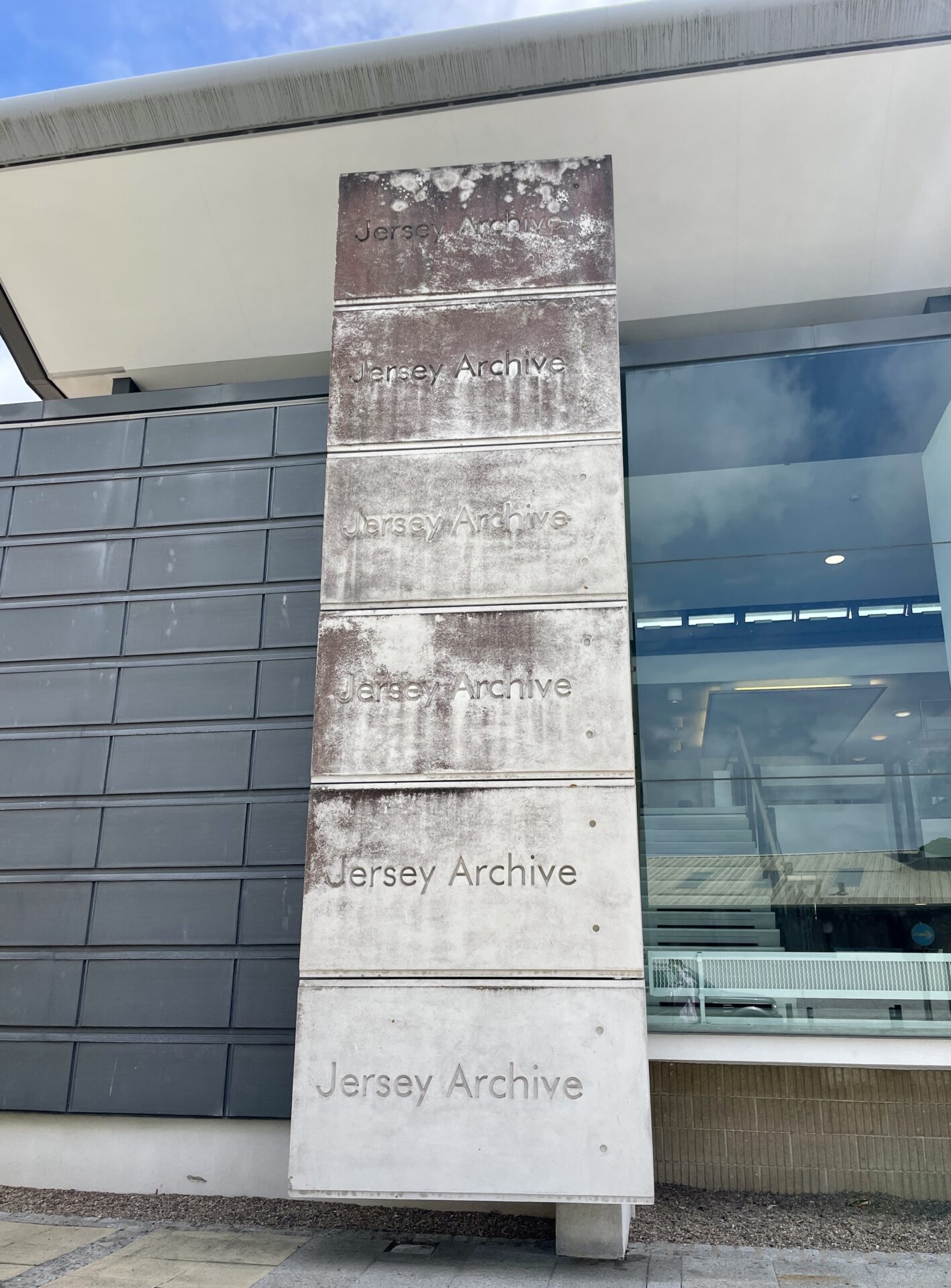
I took these photos on my phone when I was on Jersey Island in the summer of 2022. I was there to do research in the archives of Claude Cahun and Marcel Moore, Nantes-born artists and queer antifascist activists who relocated from Paris to Jersey in 1937. During WWII, the island fell under Nazi occupation, and Cahun and Moore spent four years carrying out an undercover resistance campaign that drew inspiration from Surrealist principles and techniques. They were eventually imprisoned and sentenced to death, but when the island was liberated in 1945, they were released.
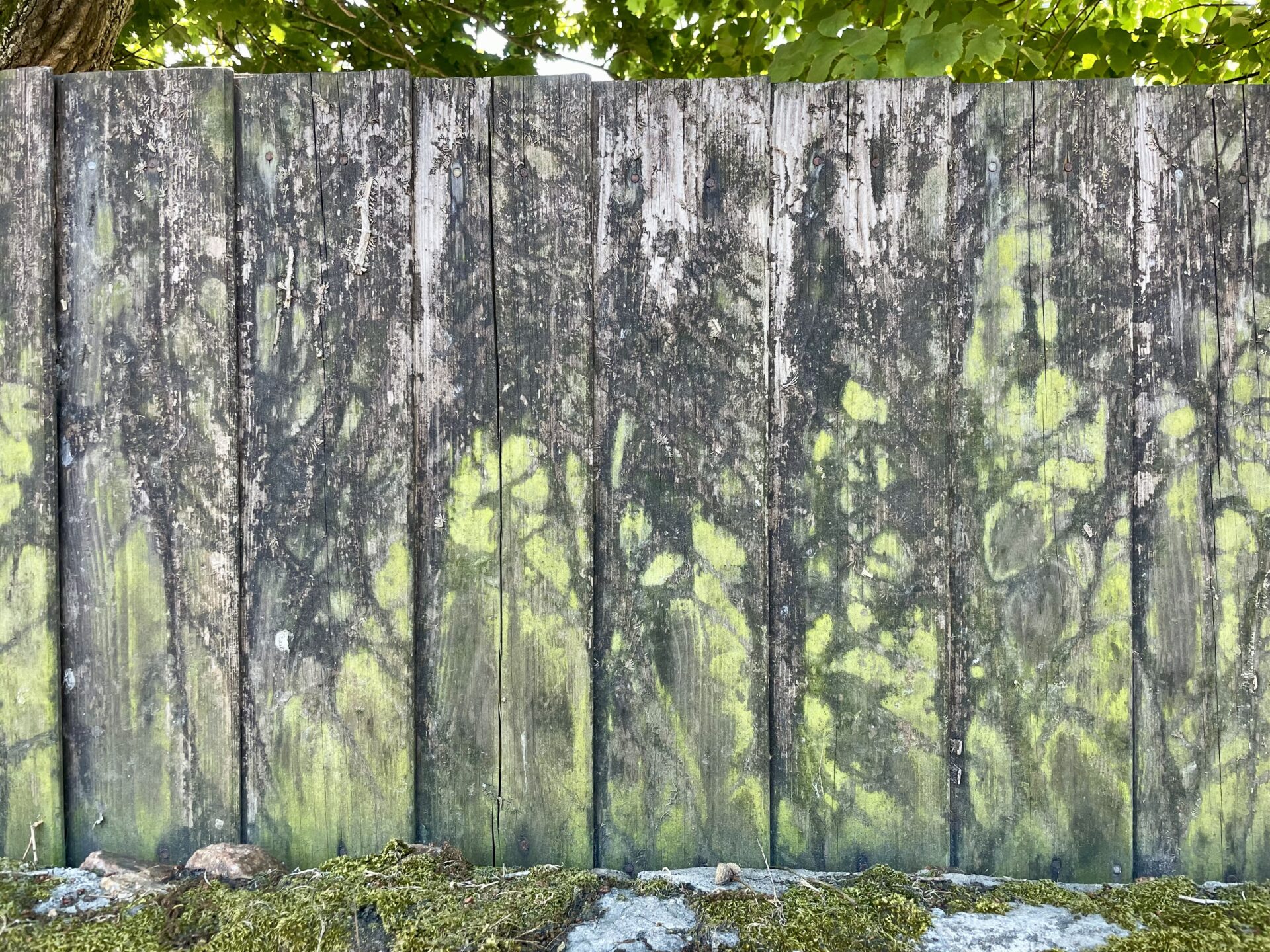
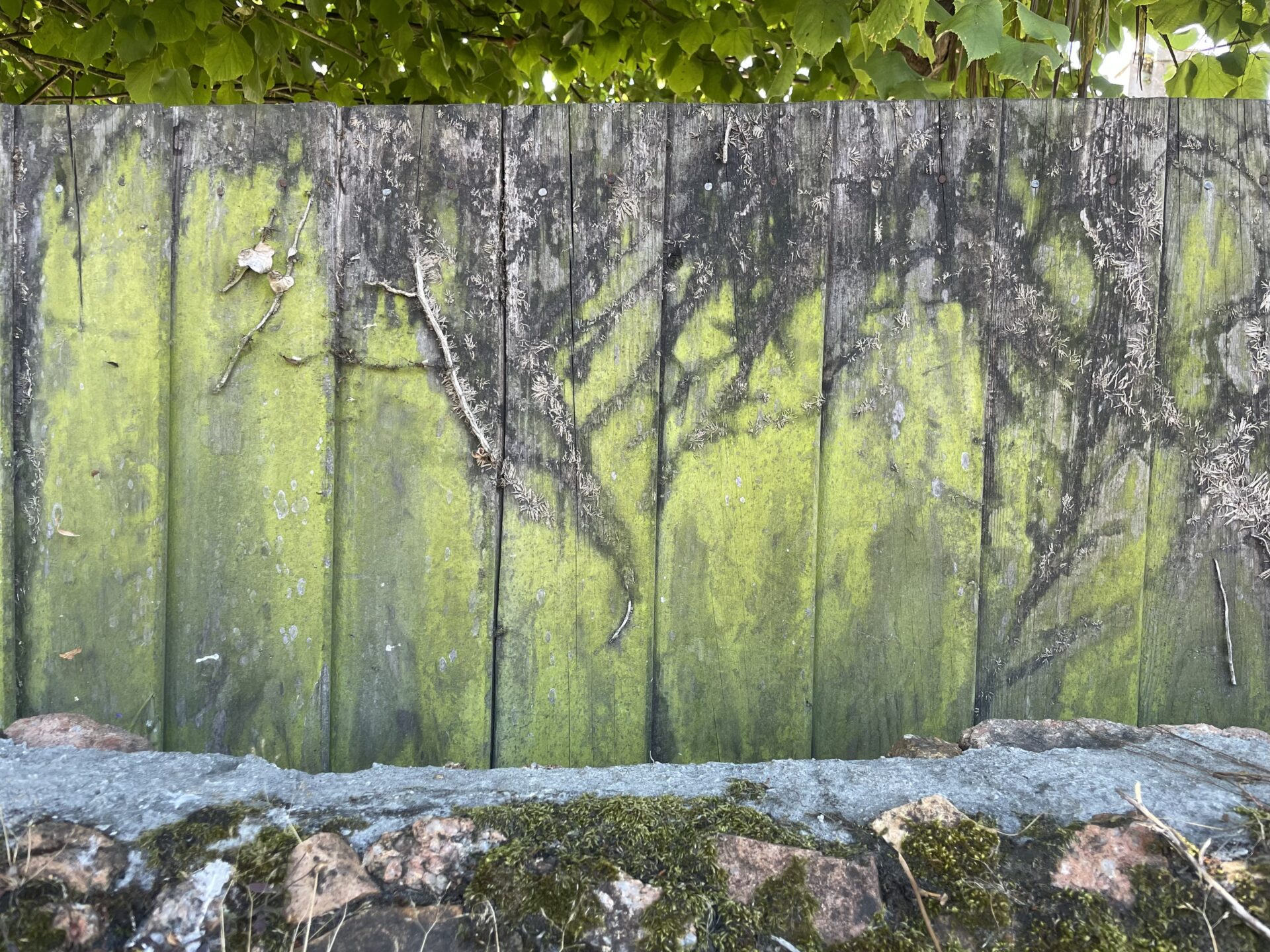
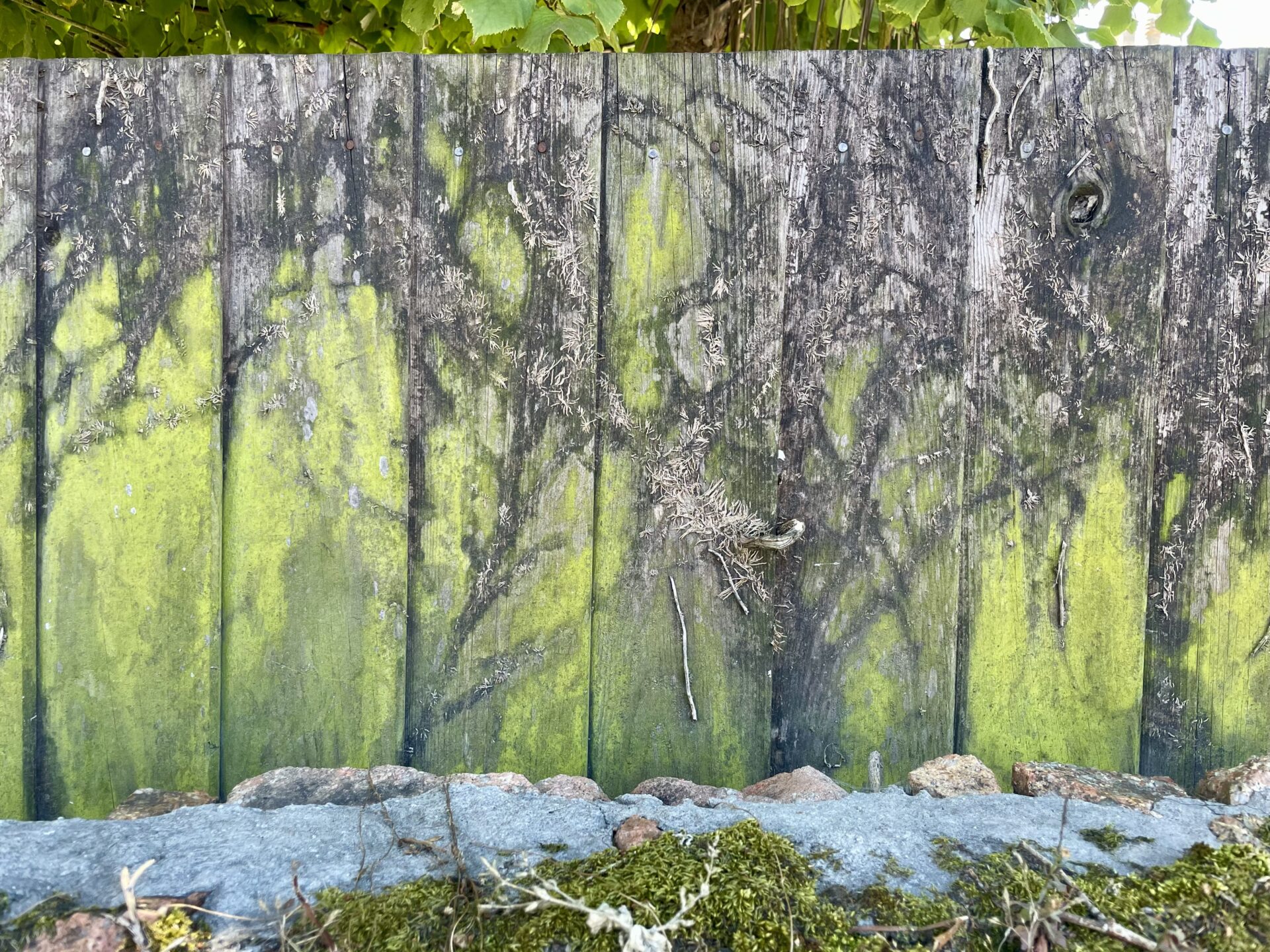
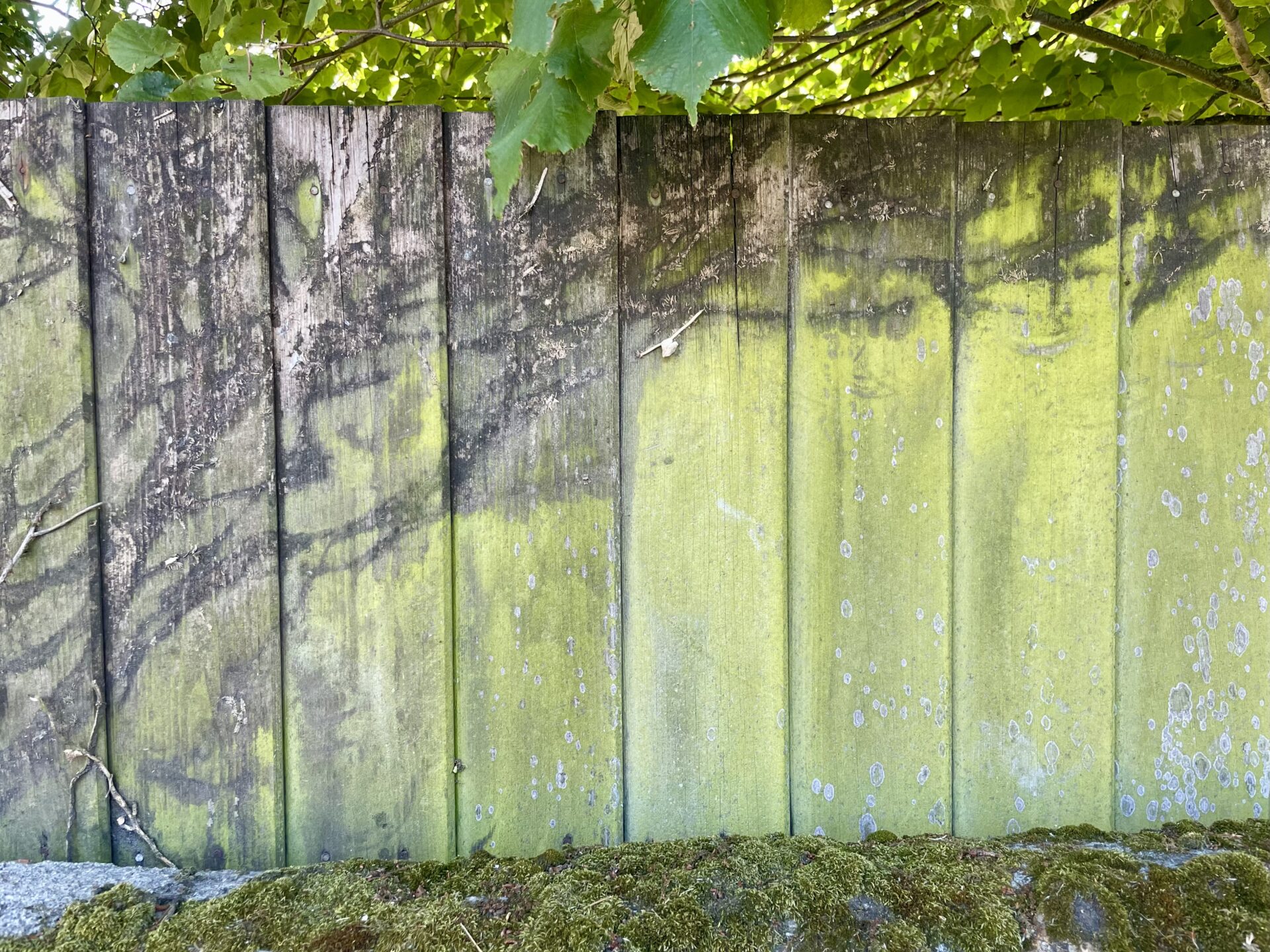
I found my way to St Brelade’s Bay, to see the grand, old seaside property where Cahun and Moore had lived. I saw a woman in a big sunhat sitting outside in the garden, and I tried to say hello. Told her I had travelled all the way from Berlin because I was researching the artists who used to live in the house; could I possibly come in to see the part of the garden where they took a lot of their photographs? The woman looked annoyed and said, “you’ve got the wrong place.” I pointed out the heritage plaque erected on the side of the building, which states “Claude Cahun (1894–1954) – French surrealist photographer – lived here from 1937.” The woman lay back and pulled her big hat over her face; I was not welcome. I walked along the outside edge of the property and took a series of photos of the wooden fence, documenting my failed encounter. (Later, I learned that the property had recently gone on the market, with an asking price of literally ten million pounds.)
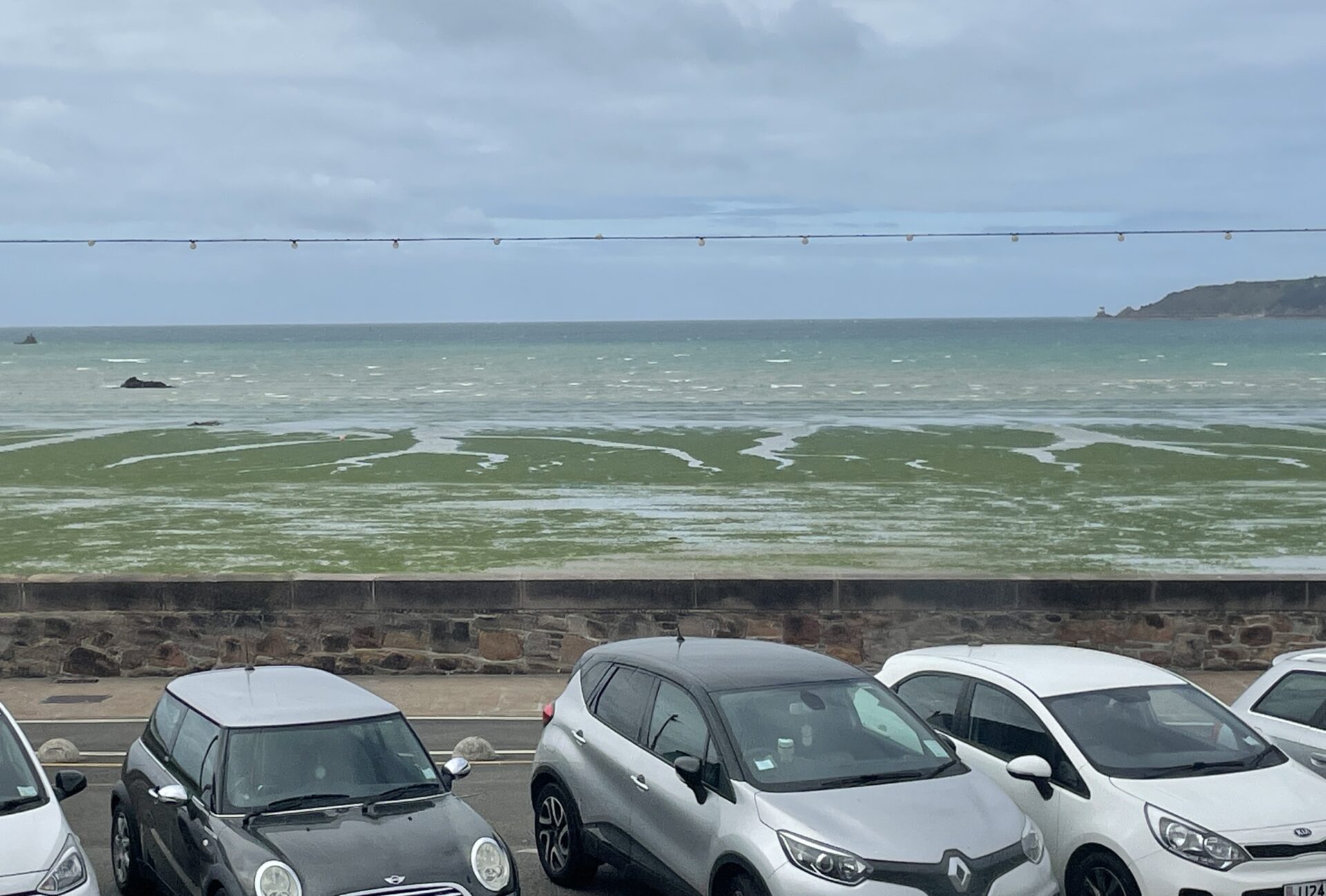
I took the double-decker bus from St Brelade’s Bay to St Helier, where the artists’ archives are held. From the top of the bus, I took a photo of St Aubin’s Bay at low tide. I learned that Jersey Island sits in waters with a very dramatic tidal range. The island is said to double in size at low tide; you could also say that it halves in size at high tide. Or you could say, more accurately, that it has no fixed size or shape. Like Claude Cahun, this land mass is a continual shapeshifter, always spilling out from itself, and pulling veils up over itself, and calling its own edges into question. The photos at the end are me walking from the beach towards Jersey Archive. Another thing I learned while I was on the island is that it is an extremely lichenous place; there’s lichen crawling over surfaces everywhere.
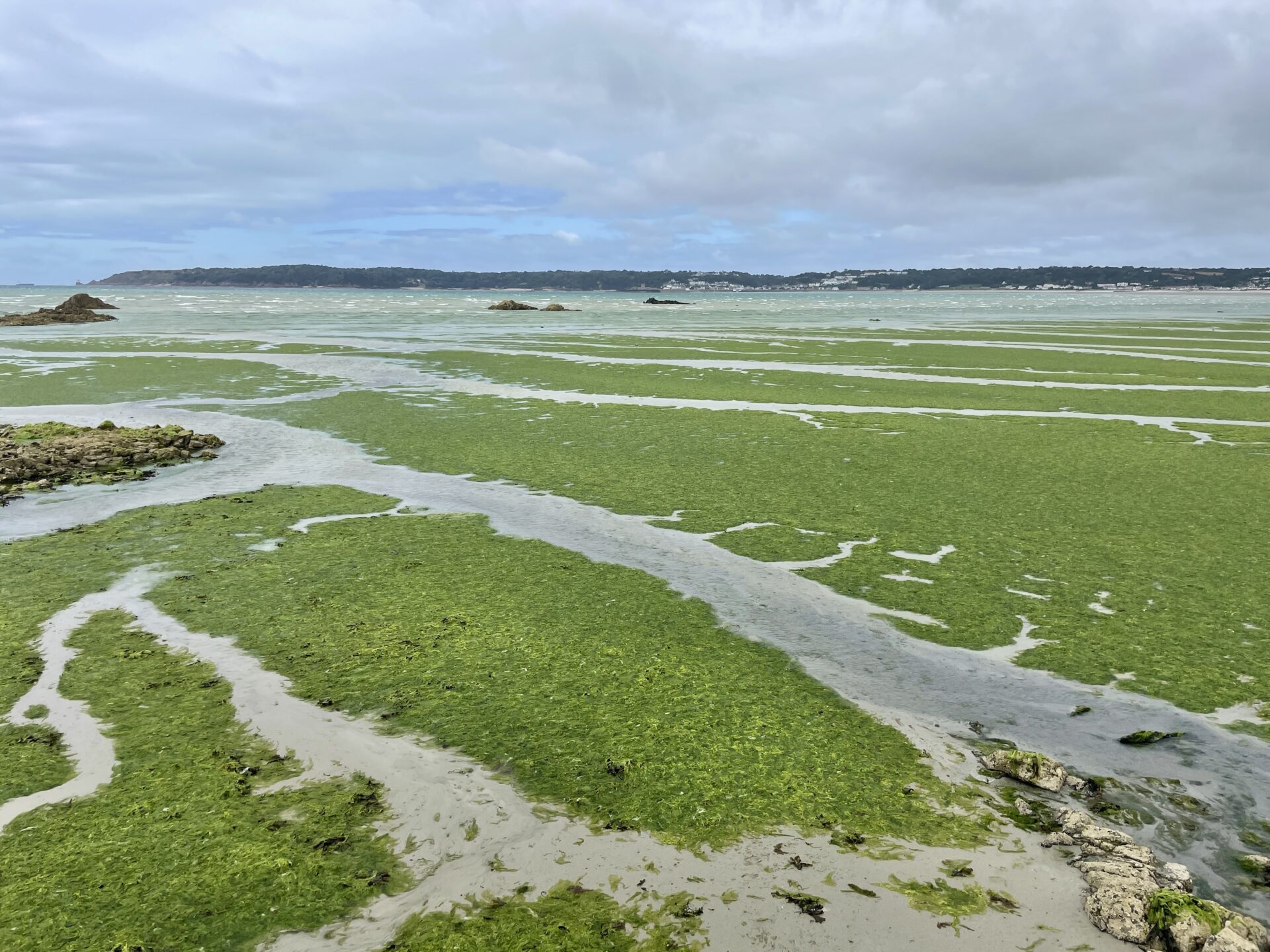
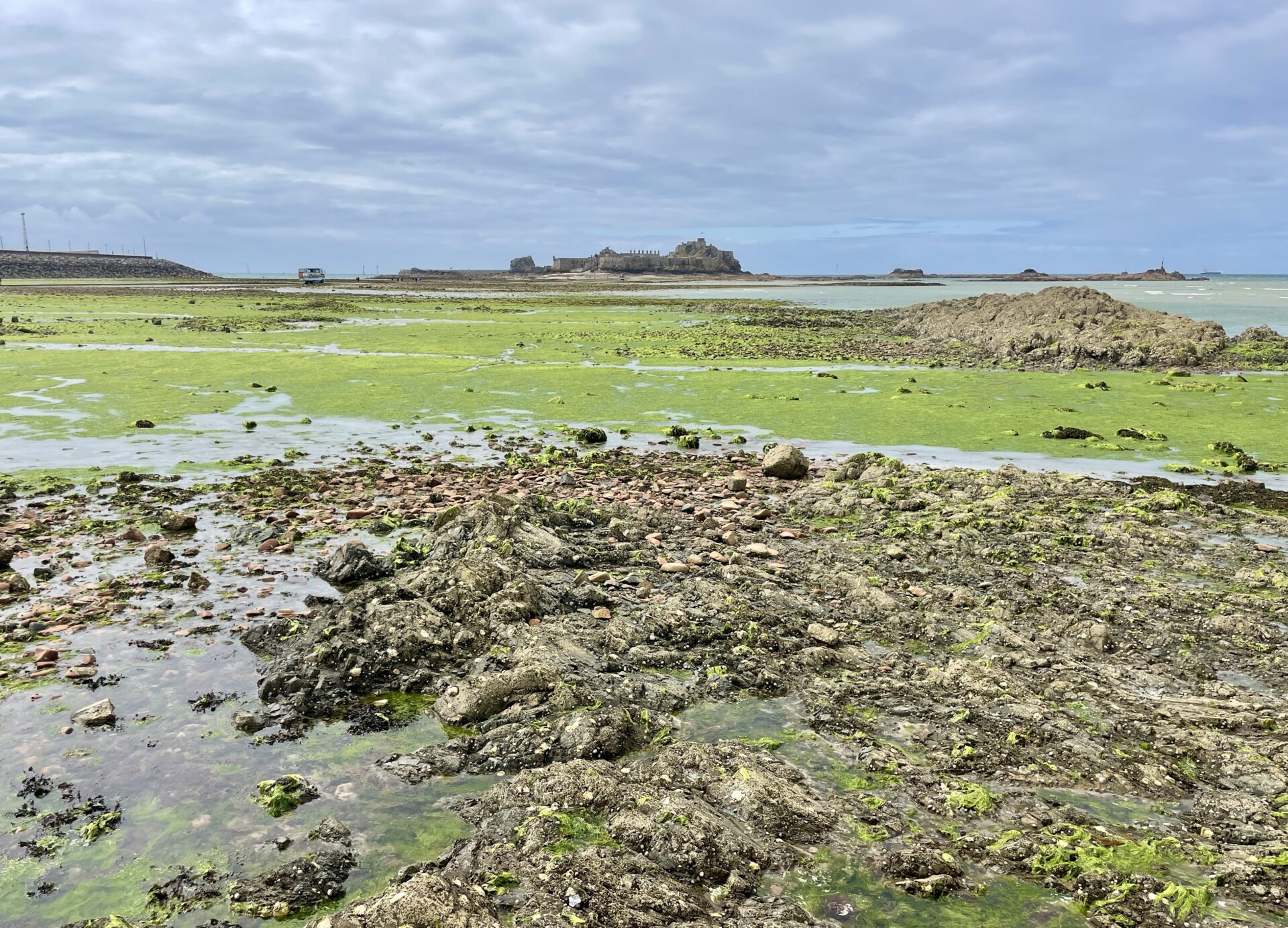
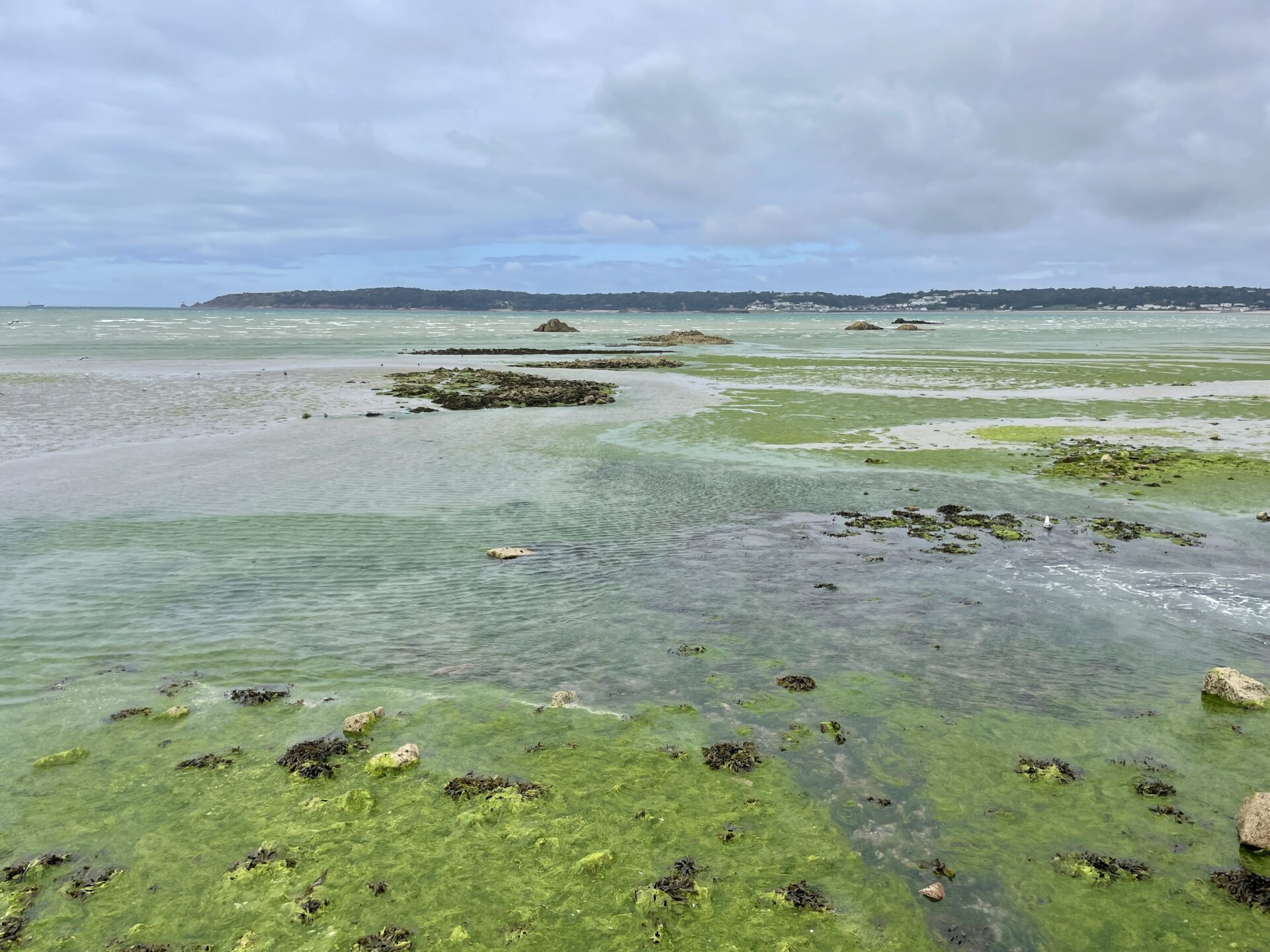
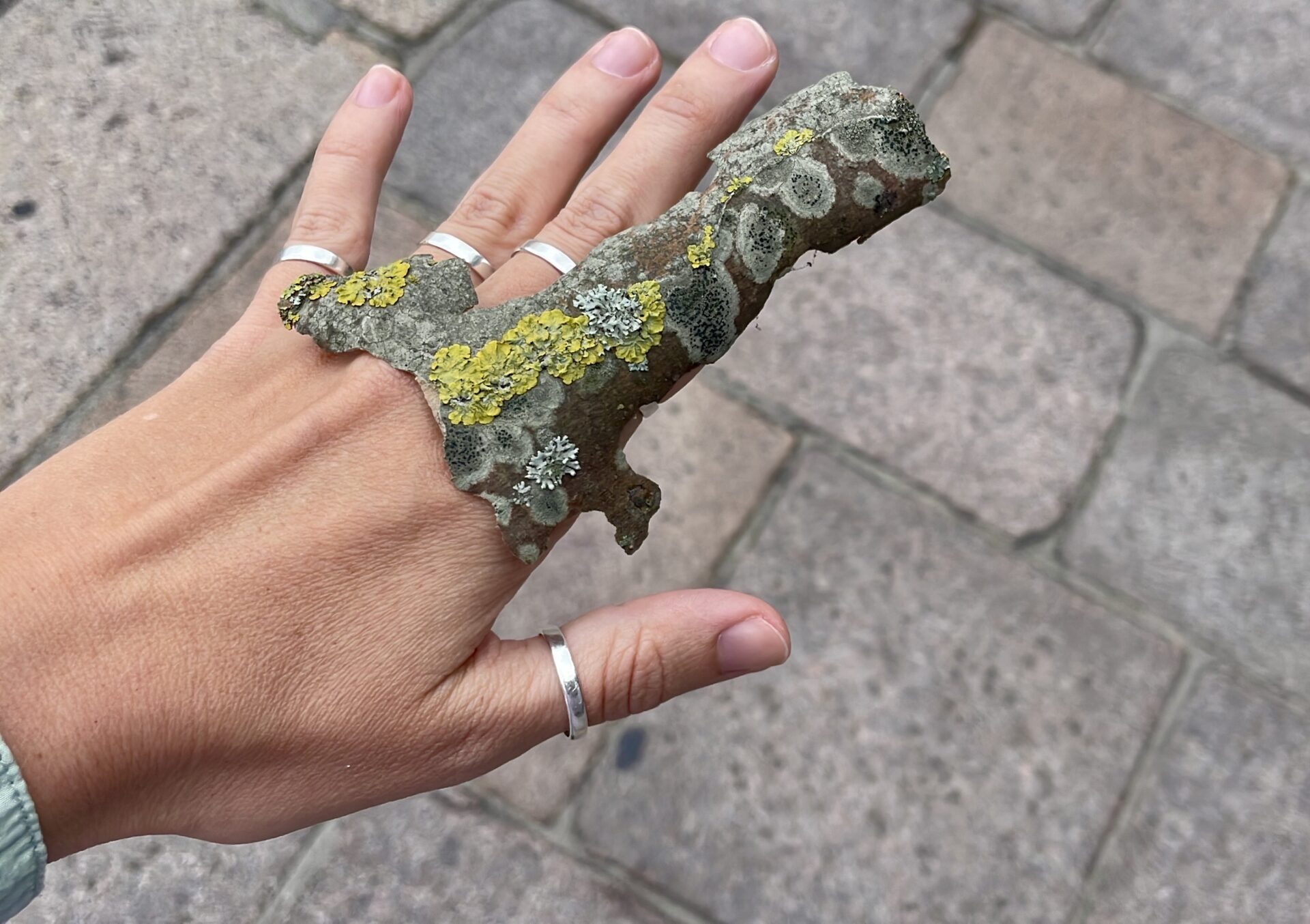
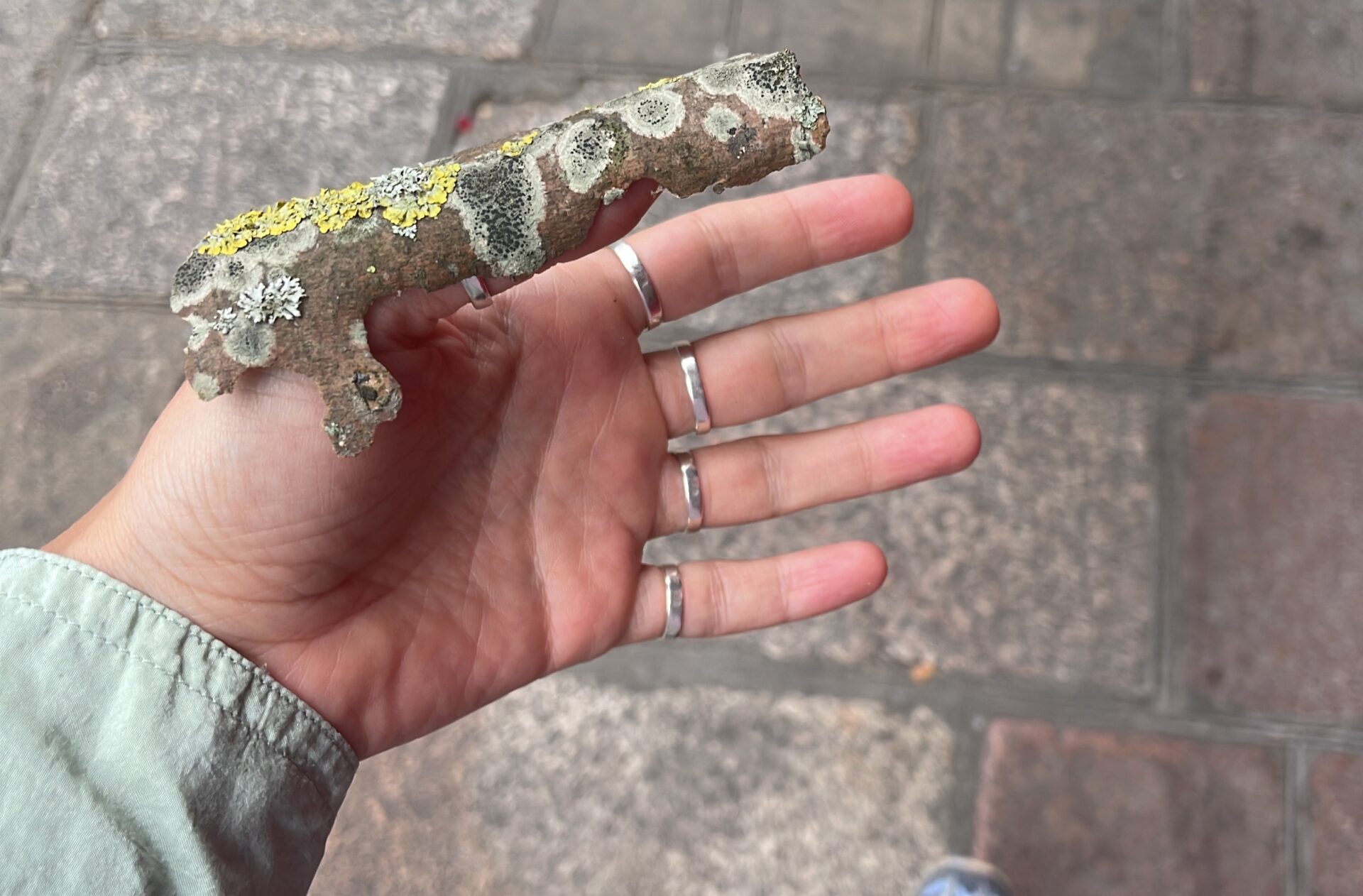
Amelia Groom is a writer and researcher who was a Resident in Art Writing at Contemporary Art Stavanger in September 2023. Her book Beverly Buchanan: Marsh Ruins was published in 2021 by Afterall.
Groom is currently working on a book about “indirect action” and Claude Cahun and Marcel Moore’s time on Jersey Island, reading their environmental art and their antifascist activism through the lenses of queer and trans ecologies. Groom’s travel to Jersey Island was generously supported by a grant from the UK Association for Art History.


